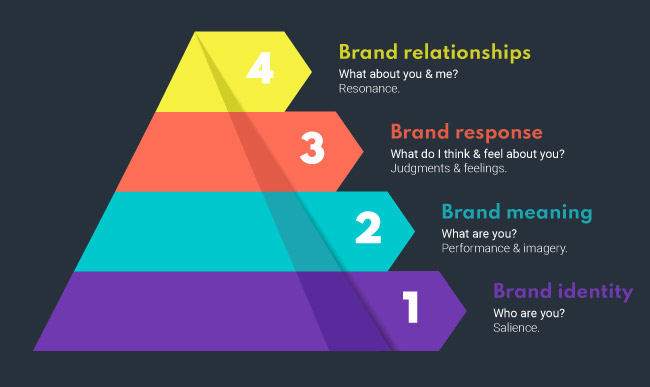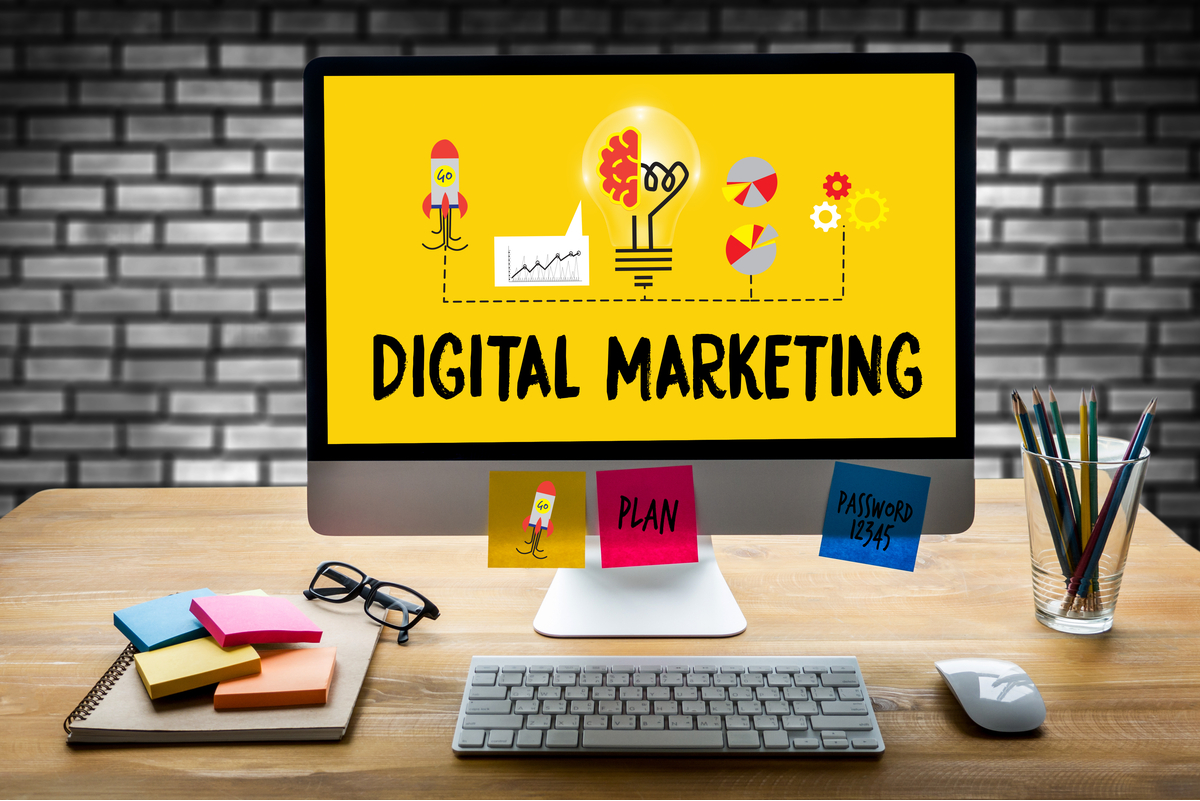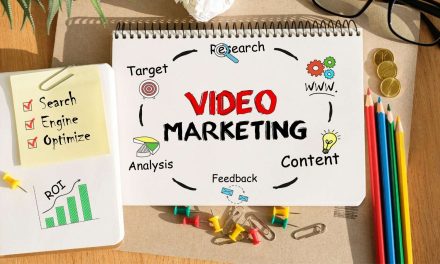One of the most difficult parts of promoting a brand or a product is designing communication and advertising strategies to establish a real connection between the brand and its customers. In a digital landscape of multiple platforms and screens, this also means that brands can no longer continue with a single-channel dependency.

Consider: We don’t have to leave the house to shop for groceries. We don’t stop by the kiosk to buy a newspaper. We don’t even talk to neighbours or friends in person as much as we used to. Instead, we spend hours on Facebook or Instagram. We Google everything that catches our attention and rate every experience we have – often at the same time.
In other words, we all use a wide variety of channels to look for what we need. Still, many brands have not yet broken the single-channel dependency. If this is your case, then you should definitely rethink your strategy.
The dangers of one channel
We have discussed the issue in another article, but the most immediate consequence of using a single channel is that you lose perspective. You don’t see the interaction with the potential customers as a complex journey with many different stages, touchpoints and channels. Instead, you picture it as an isolated path where customers go from A to B.
Every channel is useful in a different way and moment. They all bring different results. It makes no sense to look for the same outcome on different channels or overcrowding a channel already full of competitors (where you might even be cannibalizing your own marketing efforts).
Another error is assigning specific channels to specific agencies then comparing their performance. This way, you will be considering isolated funnels. This leads to a complex funnel based on a multichannel strategy, where every channel adds something different along the journey.
Working with multiple agencies can mean getting leads at a fixed CPL on channels with inflated bids and overlapping messages. At this point, scaling will be impossible and the results that seem to be so positive now may not be so promising in the long term.
Give every single channel a purpose

The only way to fix the situation is to build a strategy where every channel has its purpose. Seeing the bigger picture is essential for every brand to scale instead of getting trapped in the single-channel-dependency cycle. It might require finding the right balance between what you invest and recover from every channel, considering them all pieces of the same puzzle and not as isolated elements. Remember to focus on short-, middle- and long-term goals, instead of looking for immediate, partial results – no matter how good they are.
How can you do this? See our article for more!
What are the cons of having just one channel?
The main downside of having one channel in your marketing strategy is that you lose perspective on your activity and your consumers. It doesn’t allow you to see the bigger picture of your whole business.
How can I break the single-channel dependency?
By building a strategy for each of the channels you are going to use. After all, each channel has a purpose, so you need to invest in each of them separately while being harmonious with your marketing plan at the same time.










